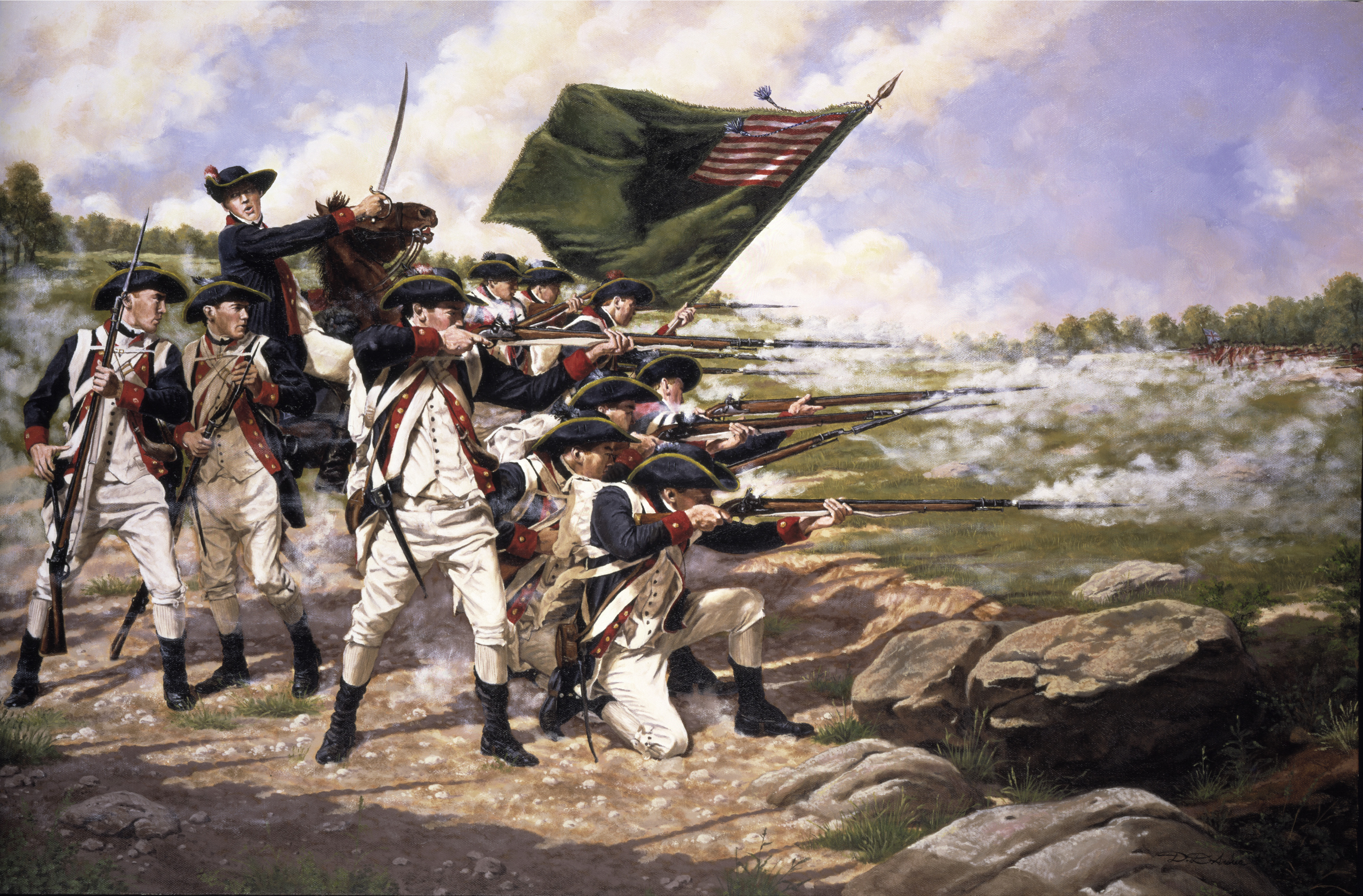|
Sphenopsalis Nobilis
''Sphenopsalis'' is a genus of extinct mammal from the Paleocene of what is now Central Asia. It was a member of the extinct Order (biology), order Multituberculata, and lies within the suborder Cimolodonta and the superfamily Taeniolabidoidea. The genus was named by William Diller Matthew, W. Granger and George Gaylord Simpson in 1928. Many workers believe that members of the Taeniolabidoidea, such as ''Sphenopsalis'', are all quite similar. For example, they all share a short wide snout and a blocky head so it is probably instructive to look at a close and more commonly occurring relative, ''Lambdopsalis bulla'', a likely burrower. This organism is found in the fossil record from 59-55 million years ago, during the Thanetian age. One distinguishing feature of this genus is a single rooted 4th premolar (P4). Based on the structure of their teeth, ''Sphenopsalis'' appears to have been a leaf eater (foliovore). They and/or their close relatives may have been partially adapted ... [...More Info...] [...Related Items...] OR: [Wikipedia] [Google] [Baidu] |
Thanetian
The Thanetian is, in the International Commission on Stratigraphy, ICS Geologic timescale, the latest age (geology), age or uppermost stage (stratigraphy), stratigraphic stage of the Paleocene epoch (geology), Epoch or series (stratigraphy), Series. It spans the time between . The Thanetian is preceded by the Selandian Age and followed by the Ypresian Age (part of the Eocene). The Thanetian is sometimes referred to as the Late Paleocene. Stratigraphic definition The Thanetian was established by Switzerland, Swiss geologist Eugène Renevier in 1873. The Thanetian is named after the Thanet Formation, the oldest Cenozoic deposit of the London Basin, which was first identified in the area of Kent (southern England) known as the Isle of Thanet. The base of the Thanetian Stage is laid at the base of magnetic chronozone C26n. The references profile (Global Boundary Stratotype Section and Point) is in the Zumaia section (43° 18'N, 2° 16'W) at the beach of Itzurun, Pais Vasco, northern ... [...More Info...] [...Related Items...] OR: [Wikipedia] [Google] [Baidu] |
Foliovore
In zoology, a folivore is a herbivore that specializes in eating leaves. Mature leaves contain a high proportion of hard-to-digest cellulose, less energy than other types of foods, and often toxic compounds.Jones, S., Martin, R., & Pilbeam, D. (1994) ''The Cambridge Encyclopedia of Human Evolution''. Cambridge: Cambridge University Press For this reason, folivorous animals tend to have long digestive tracts and slow metabolisms. Many enlist the help of symbiotic bacteria to release the nutrients in their diet. Additionally, as has been observed in folivorous primates, they exhibit a strong preference for immature leaves which tend to be easier to masticate, are higher in energy and protein, and lower in fibre and poisons than more mature fibrous leaves. Folivory and flight It has been observed that folivory is extremely rare among flying vertebrates. Morton (1978) attributed this to the fact that leaves are heavy, slow to digest, and contain little energy relative to other foo ... [...More Info...] [...Related Items...] OR: [Wikipedia] [Google] [Baidu] |
Paleocene Genus Extinctions
The Paleocene ( ), or Palaeocene, is a geological epoch (geology), epoch that lasted from about 66 to 56 mya (unit), million years ago (mya). It is the first epoch of the Paleogene Period (geology), Period in the modern Cenozoic Era (geology), Era. The name is a combination of the Ancient Greek ''palaiós'' meaning "old" and the Eocene Epoch (which succeeds the Paleocene), translating to "the old part of the Eocene". The epoch is bracketed by two major events in Earth's history. The K–Pg extinction event, brought on by an asteroid impact (Chicxulub impact) and possibly volcanism (Deccan Traps), marked the beginning of the Paleocene and killed off 75% of species, most famously the non-avian dinosaurs. The end of the epoch was marked by the Paleocene–Eocene Thermal Maximum (PETM), which was a major climatic event wherein about 2,500–4,500 gigatons of carbon were released into the atmosphere and ocean systems, causing a spike in global temperatures and ocean acidification. ... [...More Info...] [...Related Items...] OR: [Wikipedia] [Google] [Baidu] |
Paleocene Mammals
The Paleocene ( ), or Palaeocene, is a geological epoch that lasted from about 66 to 56 million years ago (mya). It is the first epoch of the Paleogene Period in the modern Cenozoic Era. The name is a combination of the Ancient Greek ''palaiós'' meaning "old" and the Eocene Epoch (which succeeds the Paleocene), translating to "the old part of the Eocene". The epoch is bracketed by two major events in Earth's history. The K–Pg extinction event, brought on by an asteroid impact ( Chicxulub impact) and possibly volcanism ( Deccan Traps), marked the beginning of the Paleocene and killed off 75% of species, most famously the non-avian dinosaurs. The end of the epoch was marked by the Paleocene–Eocene Thermal Maximum (PETM), which was a major climatic event wherein about 2,500–4,500 gigatons of carbon were released into the atmosphere and ocean systems, causing a spike in global temperatures and ocean acidification. In the Paleocene, the continents of the Northern He ... [...More Info...] [...Related Items...] OR: [Wikipedia] [Google] [Baidu] |
New York City
New York, often called New York City (NYC), is the most populous city in the United States, located at the southern tip of New York State on one of the world's largest natural harbors. The city comprises five boroughs, each coextensive with a respective county. The city is the geographical and demographic center of both the Northeast megalopolis and the New York metropolitan area, the largest metropolitan area in the United States by both population and urban area. New York is a global center of finance and commerce, culture, technology, entertainment and media, academics, and scientific output, the arts and fashion, and, as home to the headquarters of the United Nations, international diplomacy. With an estimated population in 2024 of 8,478,072 distributed over , the city is the most densely populated major city in the United States. New York City has more than double the population of Los Angeles, the nation's second-most populous city. [...More Info...] [...Related Items...] OR: [Wikipedia] [Google] [Baidu] |
American Museum Of Natural History
The American Museum of Natural History (AMNH) is a natural history museum on the Upper West Side of Manhattan in New York City. Located in Theodore Roosevelt Park, across the street from Central Park, the museum complex comprises 21 interconnected buildings housing 45 permanent exhibition halls, in addition to a planetarium and a library. The museum collections contain about 32 million specimens of plants, animals, fungi, fossils, minerals, rocks, meteorites, human remains, and human cultural artifacts, as well as specialized collections for frozen tissue and genomic and astrophysical data, of which only a small fraction can be displayed at any given time. The museum occupies more than . AMNH has a full-time scientific staff of 225, sponsors over 120 special field expeditions each year, and averages about five million visits annually. The AMNH is a private 501(c)(3) organization. The naturalist Albert S. Bickmore devised the idea for the American Museum of Natural History in 1 ... [...More Info...] [...Related Items...] OR: [Wikipedia] [Google] [Baidu] |
China
China, officially the People's Republic of China (PRC), is a country in East Asia. With population of China, a population exceeding 1.4 billion, it is the list of countries by population (United Nations), second-most populous country after India, representing 17.4% of the world population. China spans the equivalent of five time zones and Borders of China, borders fourteen countries by land across an area of nearly , making it the list of countries and dependencies by area, third-largest country by land area. The country is divided into 33 Province-level divisions of China, province-level divisions: 22 provinces of China, provinces, 5 autonomous regions of China, autonomous regions, 4 direct-administered municipalities of China, municipalities, and 2 semi-autonomous special administrative regions. Beijing is the country's capital, while Shanghai is List of cities in China by population, its most populous city by urban area and largest financial center. Considered one of six ... [...More Info...] [...Related Items...] OR: [Wikipedia] [Google] [Baidu] |
Mongolia
Mongolia is a landlocked country in East Asia, bordered by Russia to the north and China to the south and southeast. It covers an area of , with a population of 3.5 million, making it the world's List of countries and dependencies by population density, most sparsely populated sovereign state. Mongolia is the world's largest landlocked country that does not border an Endorheic basin, inland sea, and much of its area is covered by grassy steppe, with mountains to the north and west and the Gobi Desert to the south. Ulaanbaatar, the capital and List of cities in Mongolia, largest city, is home to roughly half of the country's population. The territory of modern-day Mongolia has been ruled by various nomadic empires, including the Xiongnu, the Xianbei, the Rouran, the First Turkic Khaganate, the Second Turkic Khaganate, the Uyghur Khaganate and others. In 1206, Genghis Khan founded the Mongol Empire, which became the largest List of largest empires, contiguous land empire i ... [...More Info...] [...Related Items...] OR: [Wikipedia] [Google] [Baidu] |
Fossorial
A fossorial animal () is one that is adapted to digging and which lives primarily (but not solely) underground. Examples of fossorial vertebrates are Mole (animal), moles, badgers, naked mole-rats, meerkats, armadillos, wombats, and mole salamanders. Among invertebrates, many molluscs (e.g., clams), insects (e.g., beetles, wasps, bees), and arachnids (e.g. spiders) are fossorial. Prehistoric evidence The physical adaptation of fossoriality is widely accepted as being widespread among many Prehistory, prehistoric Phylum, phyla and Taxon, taxa, such as bacteria and early eukaryotes. Furthermore, fossoriality has evolved independently multiple times, even within a single Family (biology), family. Fossorial animals appeared simultaneously with the colonization of land by arthropods in the late Ordovician period (over 440 million years ago). Other notable early burrowers include ''Eocaecilia'' and possibly ''Dinilysia''. The oldest example of burrowing in synapsids, the lineag ... [...More Info...] [...Related Items...] OR: [Wikipedia] [Google] [Baidu] |
Lambdopsalis Bulla
''Lambdopsalis'' is an extinct multituberculate mammal from the Late Paleocene of China and Mongolia. It is placed within the suborder Cimolodonta and is a member of the superfamily Taeniolabidoidea. Fossil remains have been found in the Late Paleocene Nomogen and Khashat Formations in Nao-mugen and Bayn Ulan of China and Mongolia, dated to 59-55 million years ago from the Thanetian age. ''Lambdopsalis bulla'' is the type species of this genus. The genus and species were named by Chow and Tao Qi in 1978. Hair and fur fossilize very infrequently, if at all. This genus of multituberculate mammals provides one of the earliest unequivocal examples of mammal fur (Lower Cretaceous fossils of ''Eomaia, Volaticotherium'' and ''Castorocauda'' with the fur preserved still attached are currently the oldest). Indirect evidence suggest that hair first appeared on non-mammalian therapsids (Therapsida), back in the Triassic or even earlier. This is inferred from small hollows on the bone ... [...More Info...] [...Related Items...] OR: [Wikipedia] [Google] [Baidu] |




